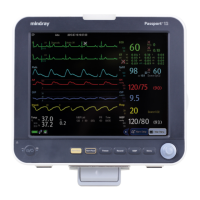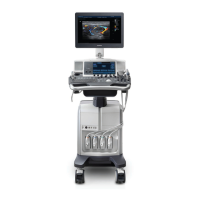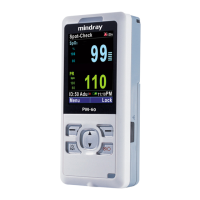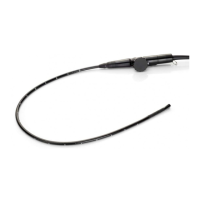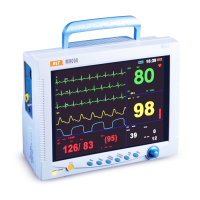12-2 Passport 12/Passport 8 Operator’s Manual
12.2 Safety
WARNING
Be sure to select the correct patient category setting for your patient before measurement. Do not apply the
higher adult settings for pediatric or neonatal patients. Otherwise it may present a safety hazard.
Do not measure NIBP on patients with sickle-cell disease or on the limb where skin damage has occurred or
is expected.
Use clinical judgment to determine whether to perform frequent unattended blood pressure measurements
on patients with severe blood clotting disorders because of the risk of hematoma in the limb fitted with the
cuff.
Do not use the NIBP cuff on a limb with an intravenous infusion or arterial catheter in place. This could cause
tissue damage around the catheter when the infusion is slowed or blocked during cuff inflation.
NIBP reading can be affected by the measurement site, the position of the PATIENT, exercise, or the patient's
physiologic condition. If you doubt the NIBP measurements, determine the patient’s vital signs by
alternative means and then verify that the monitor is working correctly.
Do not apply cuff on the arm on the side of a mastectomy.
12.3 Measurement Limitations
Measurements are impossible with heart rate extremes of less than 40bpm or greater than 240bpm, or if the patient is
on a heart-lung machine.
The measurement may be inaccurate or impossible:
If a regular arterial pressure pulse is hard to detect
With excessive and continuous patient movement such as shivering or convulsions
With cardiac arrhythmias
Rapid blood pressure changes
Severe shock or hypothermia that reduces blood flow to the peripheries
Obesity, where a thick layer of fat surrounding a limb dampens the oscillations coming from the artery
12.4 Measurement Methods
There are three methods of measuring NIBP:
Manual: measurement on demand.
Auto: continually repeated measurements at set intervals.
STAT: continually rapid series of measurements over a five minute period, then return to the previous mode.
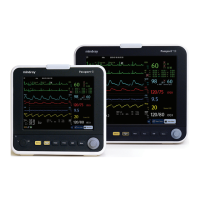
